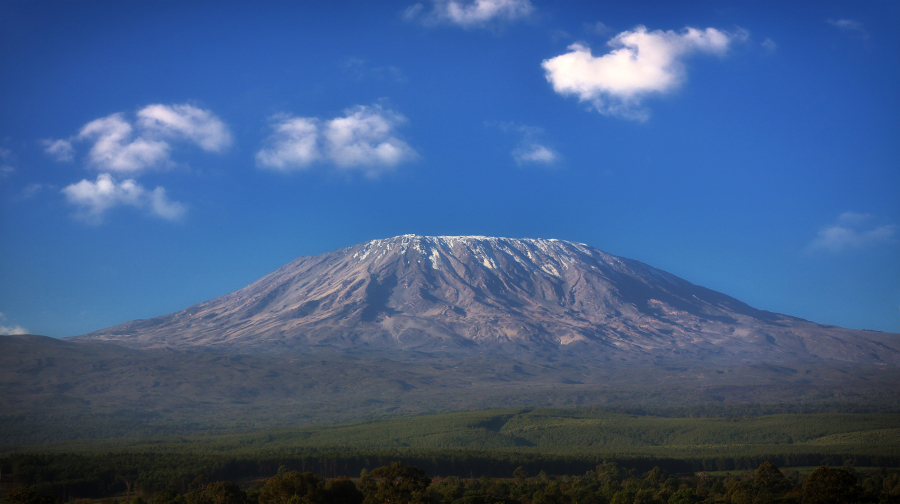SPOKANE — Pain. Searing in its intensity and relentless in its recurrence. Each step a terrible mantra.
You’re never going to climb again.
That’s what ricocheted through Brad Rimpela’s head as he descended from Mount Whitney on July 4, 2016. At 14,505 feet, it’s the Lower 48’s tallest peak and the standard route up the ancient mass of granite gains a lung busting 6,148 feet in 8.8 miles. But the uphill wasn’t the problem for Rimpela, who’d trained diligently for this climb. After all, the 43-year-old had dreams of climbing the tallest peak on five continents and had already knocked two off the list.
But before he did any of that, he had to get down. And gravity was exacting revenge for every foot he’d gained on the ascent, every step sending his knees into songs of agony.
Eventually, he hobbled into camp and, once he’d returned to Spokane, went to a doctor. One of the better orthopedists in Spokane, he was told. Rimpela’s IT band — a band that extends from the hip to the outside of the knee — was injured.



